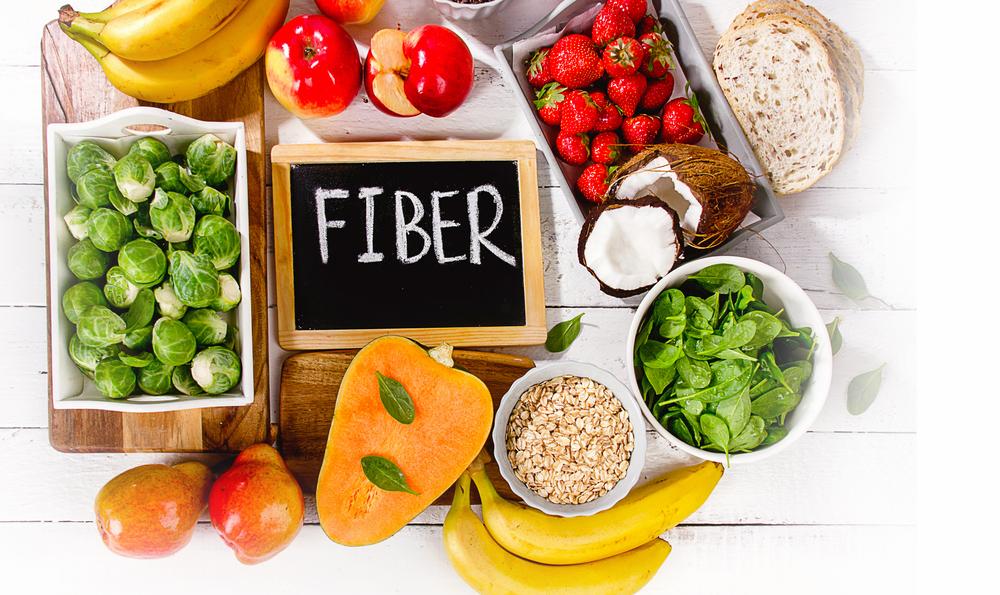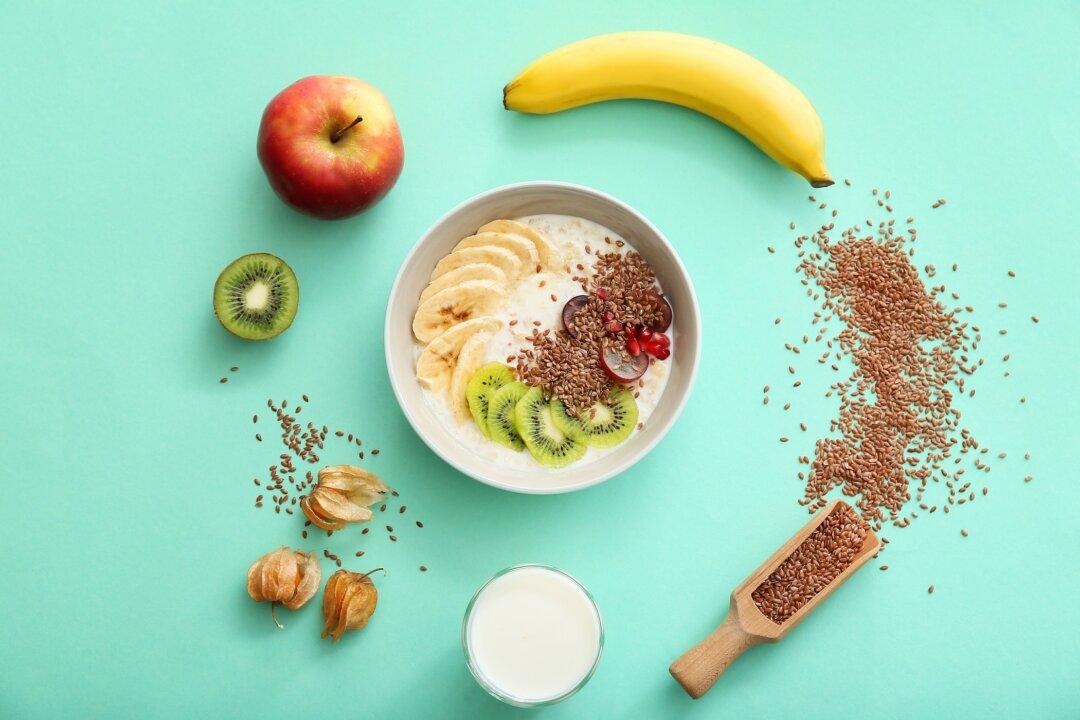“Hippocrates, the father of western medicine, believed that all disease begins in the gut.” Of course, he also thought women were hysterical because of their “wandering uterus.” So much for ancient medical wisdom.
But something like constipation can have a “major [negative] impact on physical, mental and social well-being.” Yet it’s “often overlooked in health care.” This may be because poop-talk is taboo, but it can have “a severe influence on…everyday living,” both psychologically and physically. Constipation can hurt, causing “abdominal discomfort and pain, straining, hard stool, infrequent bowel movements, bloating and nausea.”






